90% of the rum produced on the planet is made from sugar cane molasses. Yet little is known about this raw material, its various uses and its markets. Rumporter has therefore decided to explore the issue.
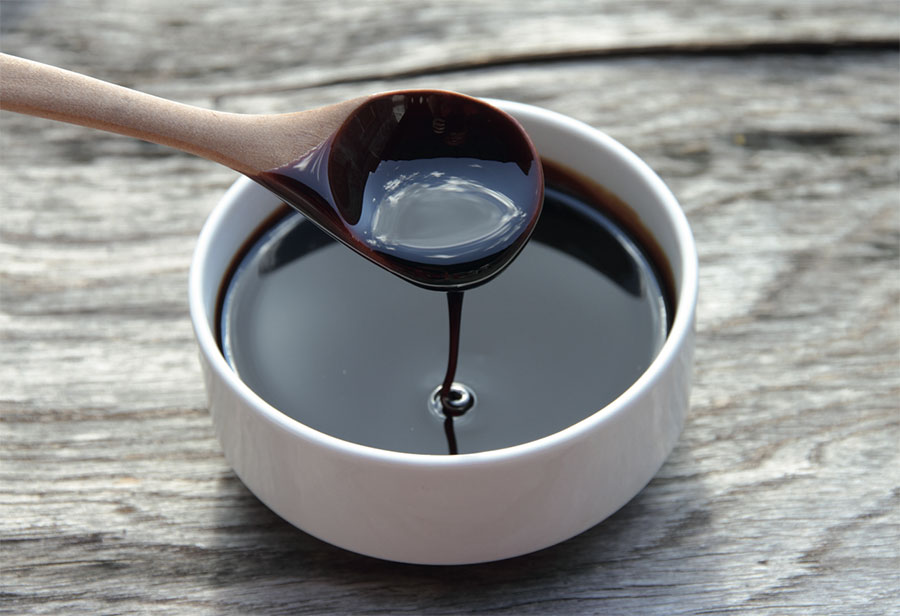
At the origin (of rum), there is molasses. Despite the fact that aficionados of agricultural rum or pure cane juice may not like it, it was from this sugar derivative that the first spirits (kill devil, tafia, guildive, rum bullion, etc.), which would later become rum, began to be produced in the 16th century. If, however, we exclude Brazilian cachaça from the equation.
In the Caribbean, whether in the islands dominated by the French, English, Spanish, Dutch or Danish, sugar cane was first introduced to produce sugar. And it was the offcuts and scum that remained, or fell out of the cauldrons when the cane juice was cooked, that were used to make rum. This is still a long way from the highly industrialised product that molasses has become today, but it is a start. Initially, the molasses used to produce rum was local.
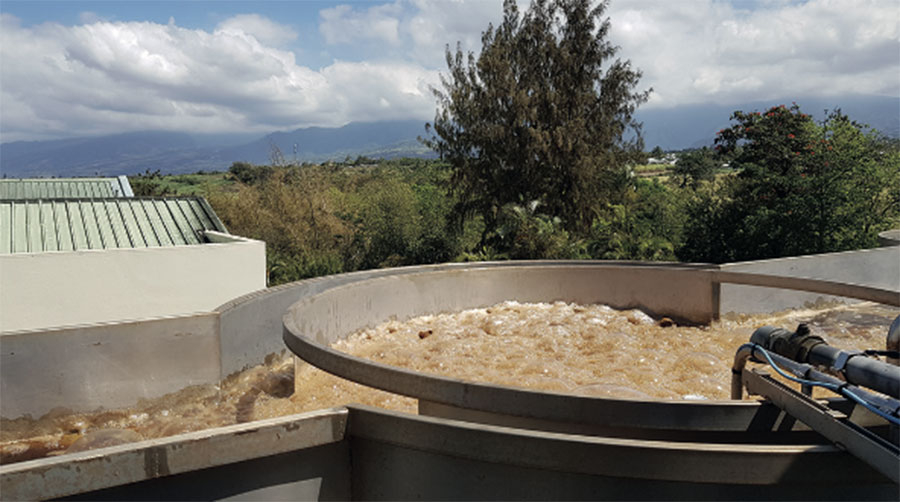
Then, as its production was perfected and it became a relatively stable product, it began to be exported. The world trade in molasses is therefore a very old activity, which continues into modern times.
For example, in the 18th century, the biggest consumers of rum were the Thirteen Colonies, now the United States of America. They bought rum from the English islands (Barbados and Jamaica in particular), but also molasses directly to produce rum ‘locally’. Boston in particular became a very important hub for the production of rum from molasses imported from all the Caribbean islands.
However, this rum addiction did not survive the independence of the USA, and from the beginning of the 19th century, rum production and consumption began to decline in favour of whiskey and bourbon.
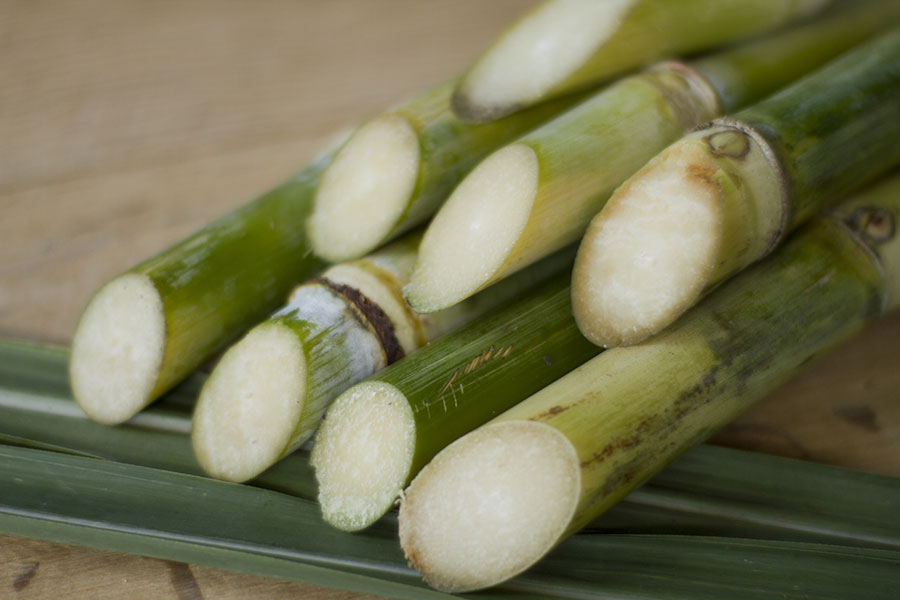
Rums made from imported molasses
Today, several countries that grow little or no sugar cane (and therefore do not produce sugar) are among the largest producers of rum. By what magic? Because they import molasses. We can mention Saint Lucia and Saint Lucia Distillers, which produces Admiral Rodney, Chairman’s Reserve and Bounty, and which uses molasses imported from Guyana and the Dominican Republic. And of course Puerto Rico, a small country associated with the USA, which is home to three of the world’s leading rum brands, Bacardi, Captain Morgan and Don Q, without producing any sugar cane.

Or Trinidad & Tobago, where Angustura or Kraken, and in the past Caroni, are produced. Barbados, the cradle of ‘Rum’, whose molasses is not necessarily local, can also be mentioned. Or Jamaica, which for some years has also been using molasses from elsewhere.
In the case of Barbados and Jamaica, it is the decline of the sugar industry, coupled with the growing success of rums, which explains the need to use imported molasses. Most distilleries in the USA or Canada (including the famous Leatherback from North of 7), use imported molasses. As we showed in our previous issue , France is also fond of molasses, with about thirty distilleries using it as raw material for their rum.
A large proportion of rum and rum-based spirits are therefore made from imported molasses. So much for the terroir. With molasses, we can’t really talk about terroir, or at least not as much as with cane juice, especially because of the manufacturing process and the cooking,” explains Jérôme Ardès, Dugas’ rum manager. But not all molasses is the same.

The different types of molasses
Here it is time to take a look at the technical aspects of sugar production, and thus molasses. During the process, the cane juice is first cooked and becomes a dark mass with a very high sugar content. This material is centrifuged once and the first sugar crystals are formed. These are harvested, which results in A-sugars and A-molasses, a dark, viscous material with a high sugar content and a hint of liquorice.
It is this molasses A that can be fermented with the addition of water and then distilled. In most cases, however, in the case of rum from sugar factories, it is molasses B and C, from the second or third extraction, that is used.

Each type of molasses has a different colour, brick content and viscosity. The less molasses that has been extracted, the higher the quality. “However, some great rums are made with molasses from the end of production, such as the Jamaican high esters and the great aroma of Galion in Martinique,” explains Jérôme Ardès.
Honey, syrup or molasses?
We also often hear about cane honey when referring to the raw material of a rum. But what exactly is it? To be honest, it is sometimes difficult to find your way around, since depending on the country where the rum comes from, it refers either to a syrup or to type A molasses.
In Latin America, the term honey, or cane syrup, refers to the raw material that comes from heating the juice of the first press for three days over a low heat,” explains Jérôme Ardès. By evaporating the water, it will give a cane honey with a 70% sucrose content, giving aromas of brown sugar, whereas it is the liquorice that predominates in molasses, and giving even rounder rums.
It is therefore a raw material in its own right, halfway between pure cane juice and molasses. Diplomatico in Venezuela, Millonario in Peru, Botran or Fortin in Guatemala, Conde de Cuba in Cuba…
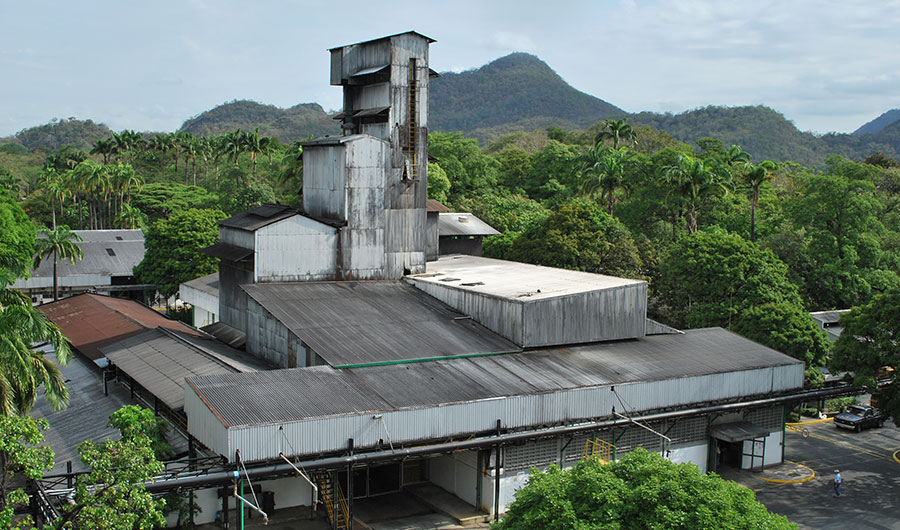
A product that is stable over time and travels well
The reason molasses is so popular is that it is a particularly stable product. Because of its high sugar content (45, 50, 60 and sometimes 70% sucrose), yeast cannot easily develop. It is possible to travel long distances and for long periods of time without it spoiling, as long as it is well ventilated and does not undergo too many sudden temperature shocks,” warns Christophe L’Hyver, who runs Partners & Co, a company that imports (among other things) organic molasses to France from Indonesia, Paraguay and Cuba.
You also have to be careful about its viscosity, because if it solidifies, it’s much more difficult to handle. Cane juice, on the other hand, is too fragile to be transported and should mostly be used within 24 to 48 hours. Unless you freeze it, but that has a high energy and environmental cost. Another advantage of using molasses is that its high sugar content forces distillers to mix it with water so that fermentation can take place.
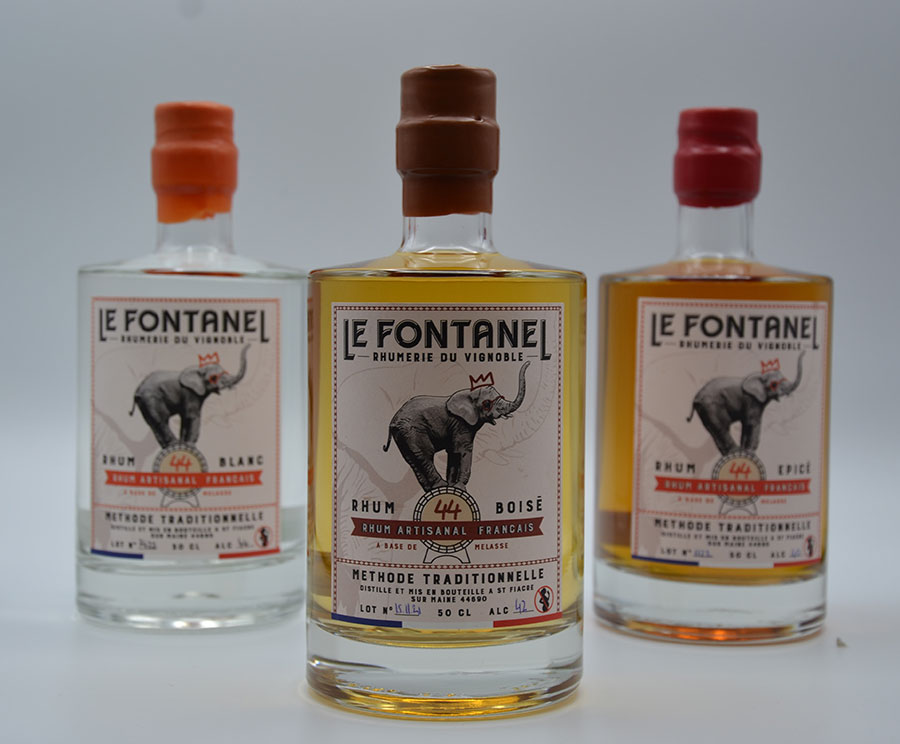
In addition, molasses rums are generally distilled at a higher level than pure cane juice rums. As a result, “with the same amount of molasses, you can make three times more rum than with cane juice,” says Jérôme Ardès. These characteristics explain why 90% of the rums produced in the world are made from molasses and why rum can now be made at any latitude.
Local or imported molasses, to each his own
Although rums distilled in Saint Lucia, Puerto Rico, Barbados, Jamaica, Trinidad & Tobago, etc. are not necessarily made from local molasses (it is the place of distillation that counts), many producing countries have put in place restrictive regulations to avoid importing this raw material. This is the case, for example, with the Cuban DOC, or the GI of Reunion (but also in Guadeloupe or Martinique).
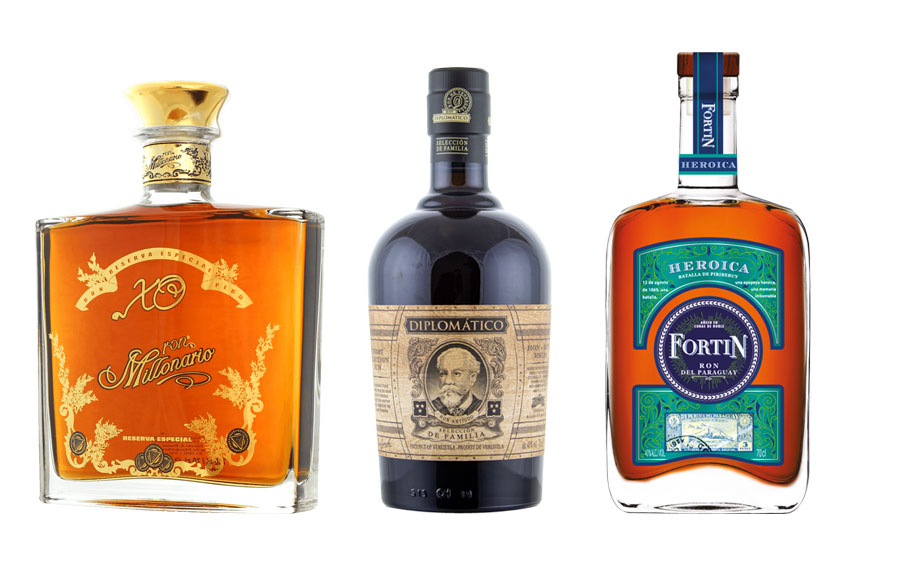
A few years ago, we used to see molasses coming in from the overseas departments, especially for animal feed, but now this source has completely dried up,” says Benjamin Waldhof, who heads France Molasses, a subsidiary of United Molasses, a London-based group that operates on the world molasses market, and whose clients include distillers in Trinidad & Tobago.
All locally produced molasses is now used for rum distillation. Indeed, like other cane lands, Reunion, Martinique and Guadeloupe (Barbados, Jamaica…) are seeing their sugar production decline, which means that locally produced molasses is all the more valuable. Other rum producers go further and only use molasses from their own estate’s sugar cane. This is called Single Estate.
This is the case, for example, with Appleton in Jamaica, or New Grove in Mauritius. The local nature, or not, of molasses is currently the subject of a controversy in Barbados. Richard Seale at Foursquare is pushing for regulations to make it exclusively local, while Alexandre Gabriel at WIRD wants to keep the option of importing it.
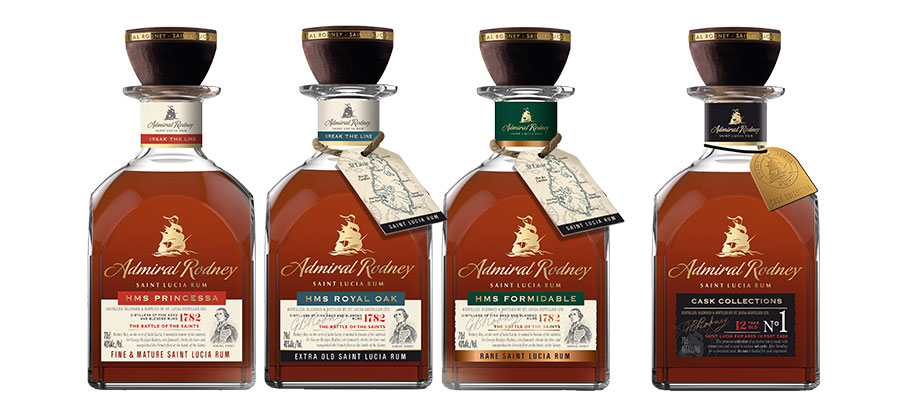
A global market
Let’s leave the enchanting world of rum for a moment and enter the arcane world of global trade. Molasses crosses the seas and travels from port to port in large containers that can hold 22 tonnes, which are then stored on large bulk carriers that can carry 30,000 tonnes.
According to Planetoscope, world sugar cane production amounts to 1.7 billion tonnes. The largest producers are Brazil with 455,291,000 tonnes, India with 281,170,000 tonnes and China with 100,684,000 tonnes…
In France, in Montoir in Brittany, the storage capacity for molasses of the Millenis company is 14,000 tonnes. That of the organic molasses that supplies the French distilleries is… 50 tonnes. While the organic molasses specialist Partner & Co delivers 300 tonnes per year.
Diversified uses
Because the vast majority of molasses that travels from country to country is not used to produce rum at all. The two main uses are in fact animal feed and ethanol production. Thus, on the French market, imported molasses is used primarily as a flavour enhancer, energy source and binder in the composition of feed for ruminants (cows, cattle, sheep, etc.) and monogastric animals (pigs for meat).
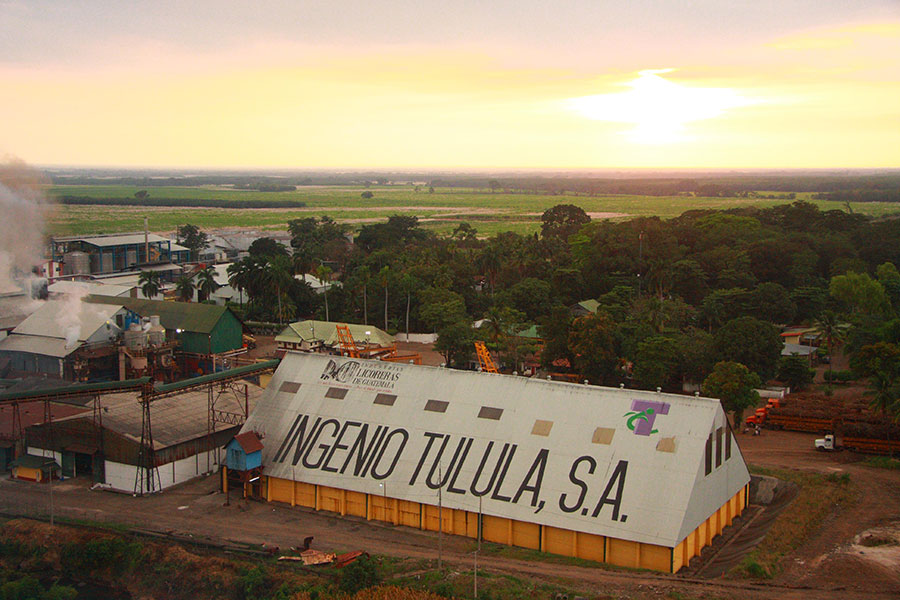
“In the 1990s, 600,000 tonnes of molasses were imported into France; today it is between 70,000 and 90,000 tonnes. Molasses is gradually being replaced by other nutrients, such as cereals, which are richer in energy and less expensive,” says Jean-Marc Caillaud, who runs the raw materials import company Millenis.
Worldwide, more and more industrialists and sugar factories, particularly in Brazil, are making direct use of molasses to produce bioethanol, which will be added to fossil fuels. While in France, bioethanol (776 million litres produced in 2021) is made from cereals or beet, the majority of the 97 billion litres produced worldwide is made from sugar cane. In Brazil, for example, 55% of the sugar cane produced is used to make ‘green’ fuel. “Molasses is no longer considered a waste product, but a raw material in its own right, with a real value,” continues Jean-Pierre Caillaud.
A value that is increasing, under control for the moment, but real. The price of molasses has increased little compared to the increases in the other raw materials we process,” analyses Christophe L’Hyver. It’s mainly the price of transport that has gone up. Before covid, transporting a container by sea cost around 2,500 dollars, in the middle of covid it was 12,500 dollars and it has fallen back to 5,000 and 7,000 dollars today. While since the war in Ukraine, the price of road transport has doubled. Another factor in the rise is the international context.
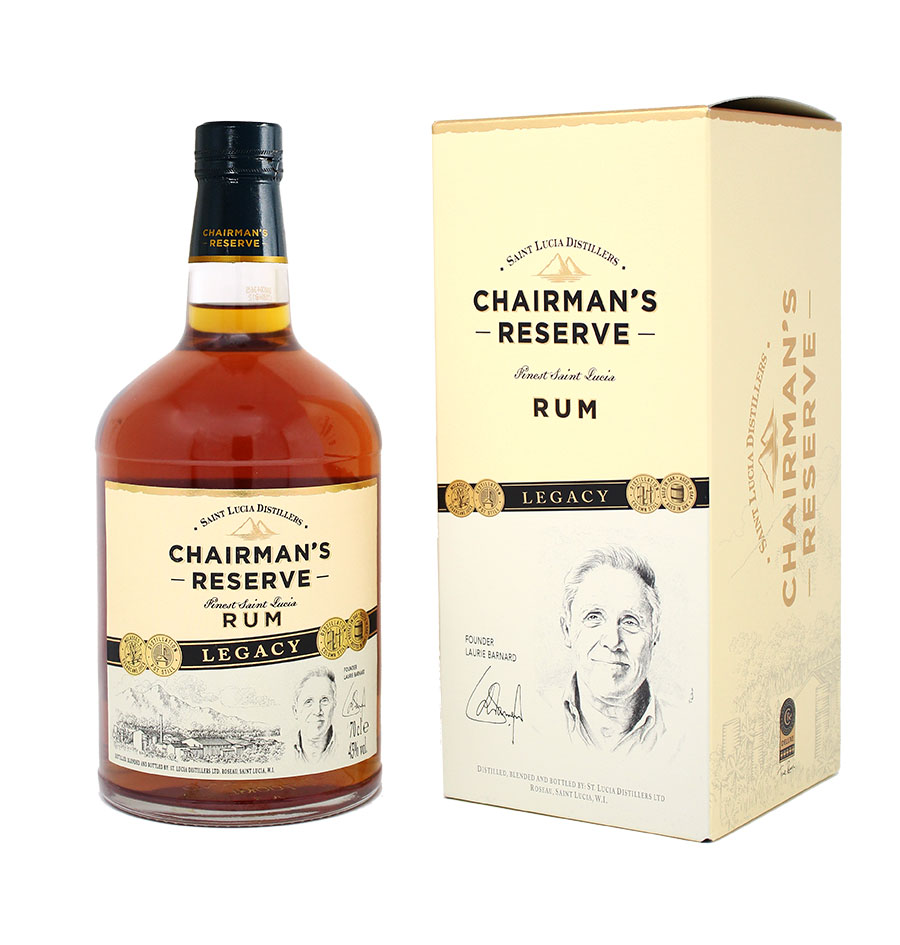
“The 500,000 tonnes of beet molasses sent by Russia and Ukraine are no longer available, and manufacturers are making trade-offs and switching to sugar cane molasses, which is driving up prices,” explains Jean-Marc Caillaud, whose son has launched the Vignoble distillery and Le Fontanel rum. This is because French molasses import specialists are increasingly interested in this emerging market of French distilleries, and above all, are beginning to like the finished product, rum.
Mixed vintages
Some rum producers will mix molasses rums with pure cane juice rums. Examples include Isautier with its Agent Doubles, Les Bienheureux with Embargo Esplandido (a blend of rums from Tobago, Trinidad and Cuba and an agricultural rum from Martinique), Opportune 1791 Chabine Dorée (Barbados and the French West Indies), Navi (Barbados, Jamaica, Martinique and Guadeloupe) …. However, blends of cane honey and molasses or cane honey and pure juice rums are not common.
Other uses of molasses
In addition to rum, ethanol and animal feed (85% in France), molasses can also be used in human food (it is prized by chocolate makers, candy manufacturers and manufacturers of prepared meals). It is also used in agriculture, as a soil dressing to encourage the growth of bacteria, or as an application to plants to give them energy.
A little semantics.
Is molasses a by-product, or even a waste product of the sugar industry, or a co-product, a derivative? It all depends on where you are! If your steps lead you to producers of agricultural rums or pure cane juice, it is likely that they will choose the most depreciatory terms, but if you are in the presence of producers of traditional rums (in 90% of cases), the most flattering terms will be chosen.
Conventional or organic molasses?
As we have seen, there are different types of molasses, depending on whether it is type A, B or C, or on its origin. The viscosity, colour and sucrose content can also vary. So can its organoleptic quality. “In France, conventional cane molasses arrives by boat, which can unload 5, 10, 15 or 20,000 tonnes at a time. It is unloaded by pipelines, and stored in large tanks, where the products are characterised and dispatched according to specifications. It is generally intended for animal nutrition. Organic molasses is packaged in 25 tonne flexitanks. Organic molasses is cruder, richer in minerals and sugar, which gives it a different organoleptic profile and lends itself well to rum production,” describes Benjamin Waldhof.
